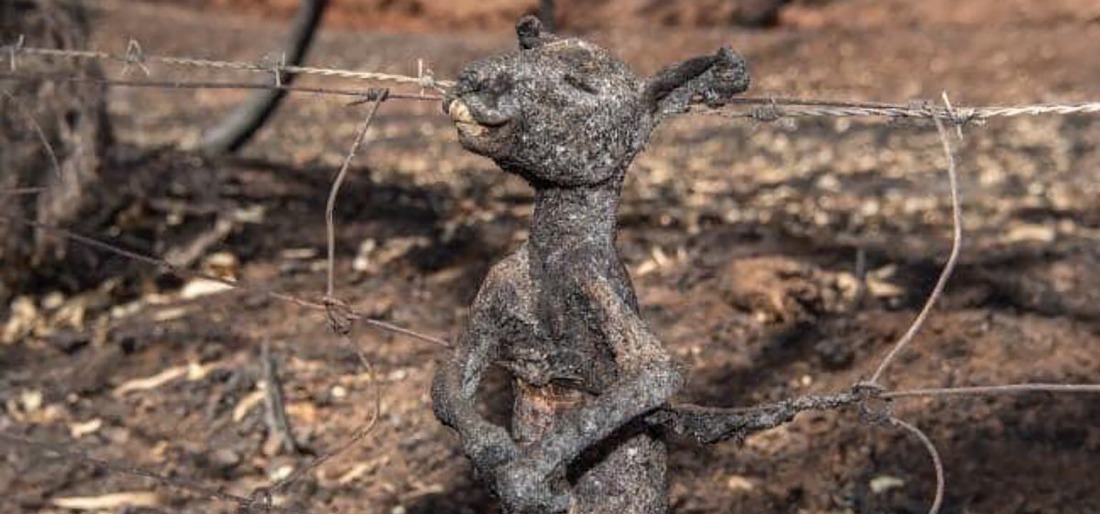
Prescribed fire specialists compare conditions on the ground to those outlined in burn plans before deciding whether to burn on a given day. Burn plans consider temperature, humidity, wind, moisture of the vegetation, and conditions for the dispersal of smoke. Burn plans identify – or prescribe – the best conditions under which trees and other plants will burn to get the best results safely. Specialists write burn plans for prescribed fires. More prescribed fires mean fewer extreme wildfires. Overgrown sites in preparation for the eventual return of fire. Every animal has been spayed or neutered, vaccinated. The agency also uses hand tools and machines to thin All adoptable animals have had a health and temperament assessment by a licensed veterinarian.

The Forest Service manages prescribed fires and even some wildfires to benefit natural resources and reduce the risk of unwanted wildfires in the future. Promotes the growth of trees, wildflowers, and other plants Improves habitat for threatened and endangered species Justin Sullivan / Getty Araya Cipollini, 19, holds on to her dog. Removes unwanted species that threaten species native to an ecosystem A burned deer lies on the side of the road as the Camp Fire moves through the area on November 8, 2018, in Paradise, California. Minimizes the spread of pest insects and disease Reduces hazardous fuels, protecting human communities from extreme fires The right fire at the right place at the right time: Trees are stressed by overcrowding fire-dependent species disappear and flammable fuels build up and become hazardous. FIRMS US/Canada provides enhanced capabilities for visualization and access of near real-time satellite active fire detection. Roy.Prescribed fire is a planned fire used to meet management objectives.ĭid you know fire can be good for people and the land? After many years of fire exclusion, an ecosystem that needs periodic fire becomes unhealthy. New Active Fire Mapping Website Now Available: The Active Fire Mapping Program is migrating to a new web-based platform in 2021, FIRMS US/Canada, a collaborative effort by the Forest Service and NASA. Store a water bowl and several days’ supply of water. Keep several days’ supply of food in an airtight, waterproof container. Here are some items you may want to include in an emergency kit for your pet: Food. Stone.įinancial support was provided by NSF DEB-0515777 granted to B.A. Review your kits regularly to ensure that their contents, especially foods and medicines, are fresh. Blaser gave helpful comments throughout the work, and two anonymous reviewers gave helpful comments on the manuscript, as did the editor, J. Müller helped with shipping the insects, W. Holdenrieder and Adrian Leuchtmann for fungal discussions. Rose for information about new field sites, H.

Blaisdell for assistance in field and lab work, U. Rushing to move them to safety while a deadly wildfire is bearing down is nothing short of miraculous. Leroux for Owl the remaining US sites were in Willamette National Forest. Moving 50 horses and mules on any given day is a Herculean task. Johnson for MacForest and MacPrairie, which are within the MacDonald-Dunn Forest, and J. Winters and Lane County Parks for Mount Pisgah (HBRA), J. Marshall and Cascade Timber for Sweet Home, T. DeGhetto and Corvallis Parks for Bald Hill, B. In Switzerland we thank the regional and local forestry offices as well as Grün Stadt Zürich. Several individuals or agencies kindly let us work on their land. However, contrary to assumptions of the ERH, generalists appear to be equally or more important than specialists in reducing host fitness.

There were more kinds of enemies in the native range, where the plants had lower fitness, in accordance with the ERH. More species of fungi were found on seeds in the native range, and a higher proportion of them were pathogenic than in the invaded range. All fungi and insects found on seeds were generalists. Conversely there was more insect herbivory on leaves in the invaded range. Only two of the 20 fungi found on leaves were specialist pathogens, and these were more frequent in the native range. The 587 species living in Alberta range from caribou and cougars to black widow spiders and slugs, all of which suffer from smoke inhalation, burns or exhaustion when trying to flee forest fire. We assessed all the kinds of damage present (caused by fungi, insects, mollusk and deer) on both leaves and seeds at 10 sites in each range and correlated damage with host fitness. We tested these assumptions with the grass Brachypodium sylvaticum in the native range (Switzerland) and invaded range (Oregon, USA). The ERH assumes there will be more specialist enemies in the native range and that generalists will have an equal effect in both ranges. The enemy release hypothesis (ERH) suggests greater success of species in an invaded range due to release from natural enemies.


 0 kommentar(er)
0 kommentar(er)
